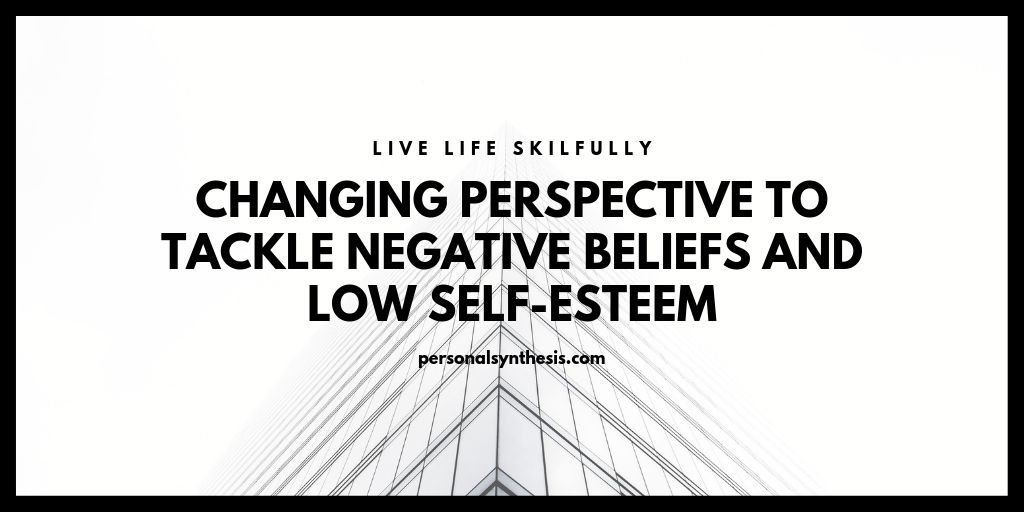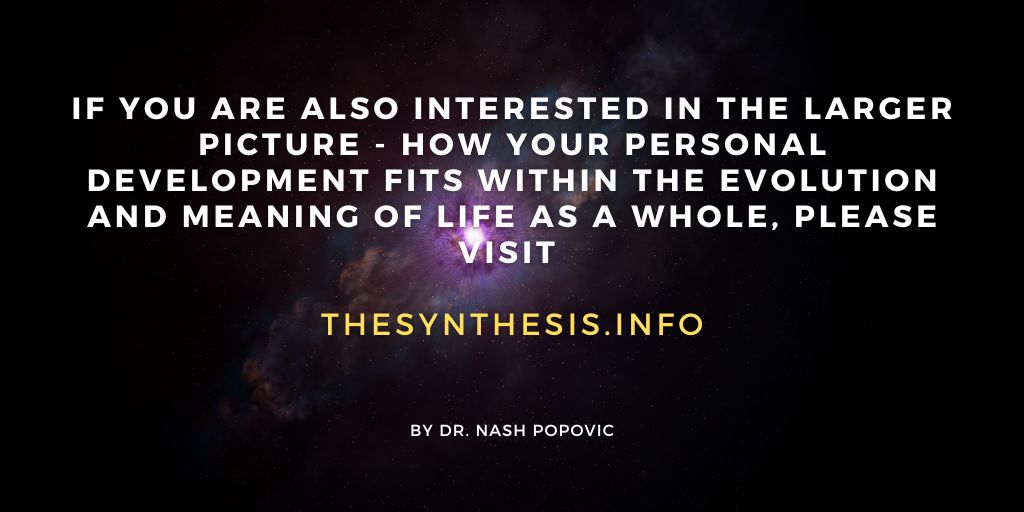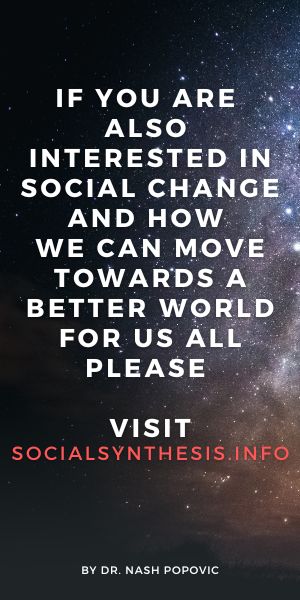Changing Perspective To Tackle Negative Beliefs And Low Self-Esteem

Written by Emma Buck
Sometimes it’s necessary to look at things differently. Step back for a moment and take a different perspective.
If we find we are stuck and cannot move forward, it may be because of a deep-seated belief about ourselves. For example you may think –
- ‘I always fail’;
- ‘I cannot do this on my own’;
- ‘I am un-lovable’.
Beliefs and self-valuation
These kinds of beliefs, which lead to low self-esteem and cause inertia, are usually deep seated. Finding their roots can be tricky, and might be easier with the help of a good counsellor or psychotherapist. However, there are things you can do yourself.
Look back over your story and try to tell it differently. Viewing it from another perspective can be helpful in changing these inner beliefs.
I’ll give you an example. A 32-year-old client, let’s call him John, thought he was un-lovable. In addition, he was convinced that anyone who got close to him would be hurt too. In his opinion he was rotten at the core and could only damage others.
When we looked back over the origins of these feelings he told me a story from his childhood, which he thought about often. This is how it went:
He had been the cause of the break up of a relationship between his mother and a boyfriend when he was about 10 (his parents had separated a long time before). His mother’s boyfriend had left her because John was too annoying.
Now, obviously we can see that this is far too simplistic a reason for an adult relationship to break up. As adults ourselves we can assume there must have been other things going on between this couple. But for the child John it was as simple as that. Not only was he un-lovable himself, but he was capable of damaging other people’s relationships as well. This was internalised by him and became a ‘truth’ about him.
Getting him to look back on his 10-year-old self from his 32-year-old’s viewpoint gave him a different perspective. John got quite angry. How could a small boy be responsible for the behaviour of adults in this way? He could see it was an unreasonable burden to put on a child. This was a new way of looking at this memory, the foundation of his belief that he was a bad person who could so easily damage others.
Self-awareness and The Past
We all have narratives that help us make sense of our lives. These are the stories we tell ourselves about ourselves, about why and how things happened and what we learned about ourselves and the world in the process.
But they can be skewed to a very narrow perspective, especially those formed in childhood when we may not have had all the information, or the wisdom or life experience, to be able to see things from another point of view.
For example, someone may have been bitten by a dog in childhood and then become scared of all dogs into adulthood. The message learned by the small child is that dogs are dangerous. Now, we can see how the child arrived at this conclusion – the logic is sound, given the information she had. But as adults who are not scared of dogs and who have more information and experience of them, we can see that her conclusion is flawed.
Sometimes we need to be able to zoom out and see a bigger picture with more detail.
There are ways you can do this yourself. The hardest part may be identifying a story which formed the negative self-belief. Often it is more than one thing. For example if a child had very critical parents then it may have been a constant drip-feed of daily picking at what they did or said that formed their low self-esteem. But if you can identify a single event or story then there are a couple of things you can do to try to see it differently:
- Imagine a friend is telling you that story about themselves. In this scenario you should try to imagine what you would say to them. Who would you sympathise with? How would you try to help them see things differently?
For example, if a friend told you she did badly in her GCSE exams, would you agree this meant she would never pass her driving test? Or would you help her to see that the two things were unrelated?
- Imagine you are sitting in a cinema and watching the scene being played on a big screen. What would you see and feel? What would you think of the characters? Who would you sympathise with? What would the wider picture be?
For example, maybe you see your father being horrible to you as a small child, neglectful and critical. That has been your experience of him, internalising the idea that you are a bad person who does not deserve to be loved. Watching this on a cinema screen, you may see an unhappy man and a frightened child. What do you make of it? From an objective perspective it is unlikely you would conclude it was the child who was un-loveable. More likely you would see a troubled father. Maybe he has had some bad news or trauma of his own, that you were never aware of back then.
These are two examples of ways by which you can try to change your perspective on an event. Changing your viewpoint may well help to change your feelings about the event, and therefore the beliefs about yourself formed as a result of it.
By taking a different perspective, John was able to begin to question his belief that he was un-lovable and damaging to anyone who got close to him. He could see that the basis of this belief was unsound, and was able to start to re-write this story from his past. It took time for him to replace the unhelpful belief with a more realistic one, but it was the beginning that he needed.
If you are straggling with something similar, you may find the areas The Past and Self-acceptance beneficial.
Personal Synthesis is a handy ‘one-stop-shop’ that brings together all the areas that play a vital role in our everyday lives, from self-awareness to intimate relationships. The materials are the result of twenty years of research and have evolved through the experience of running numerous personal development programmes with the general public, young people and university students.
To learn more, please visit the Personal Synthesis materials that cover this and many other topics.
Emma Buck
Emma Buck is a counsellor and personal consultant working with children in primary schools and adults in private practice. This is her second career. After 10 years as a journalist - where she worked for local newspapers, magazines and charities, covering politics and social affairs - Emma found herself looking for a new direction. It was after a spell of personal counselling that she had her 'a-ha' moment and decided to become a counsellor herself. She recently completed MSc in Integrative Counselling and Coaching, the only programme of its kind in the world. Emma works from a humanistic and person-centred perspective but integrates other counselling and coaching approaches as necessary, with a particular interest in narrative theory. Her research examined how combining counselling and coaching could help older people.



